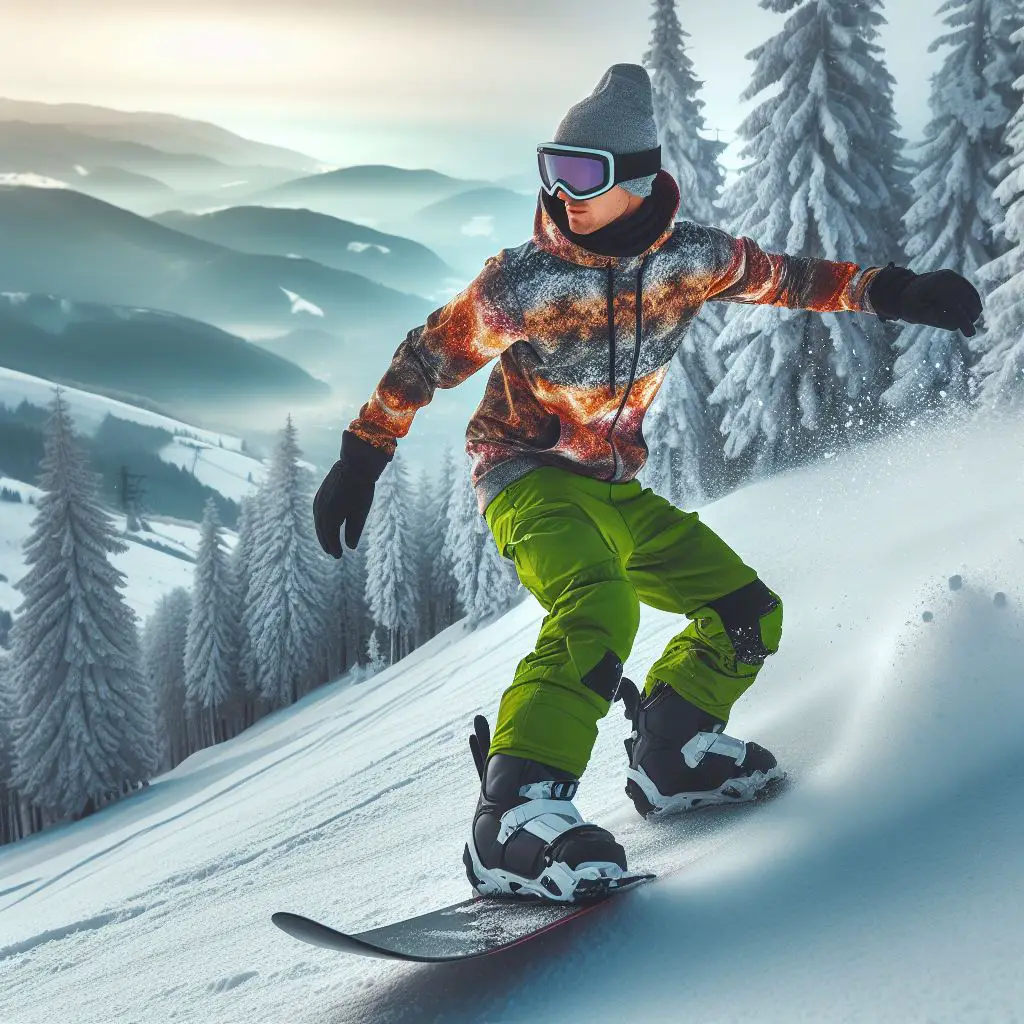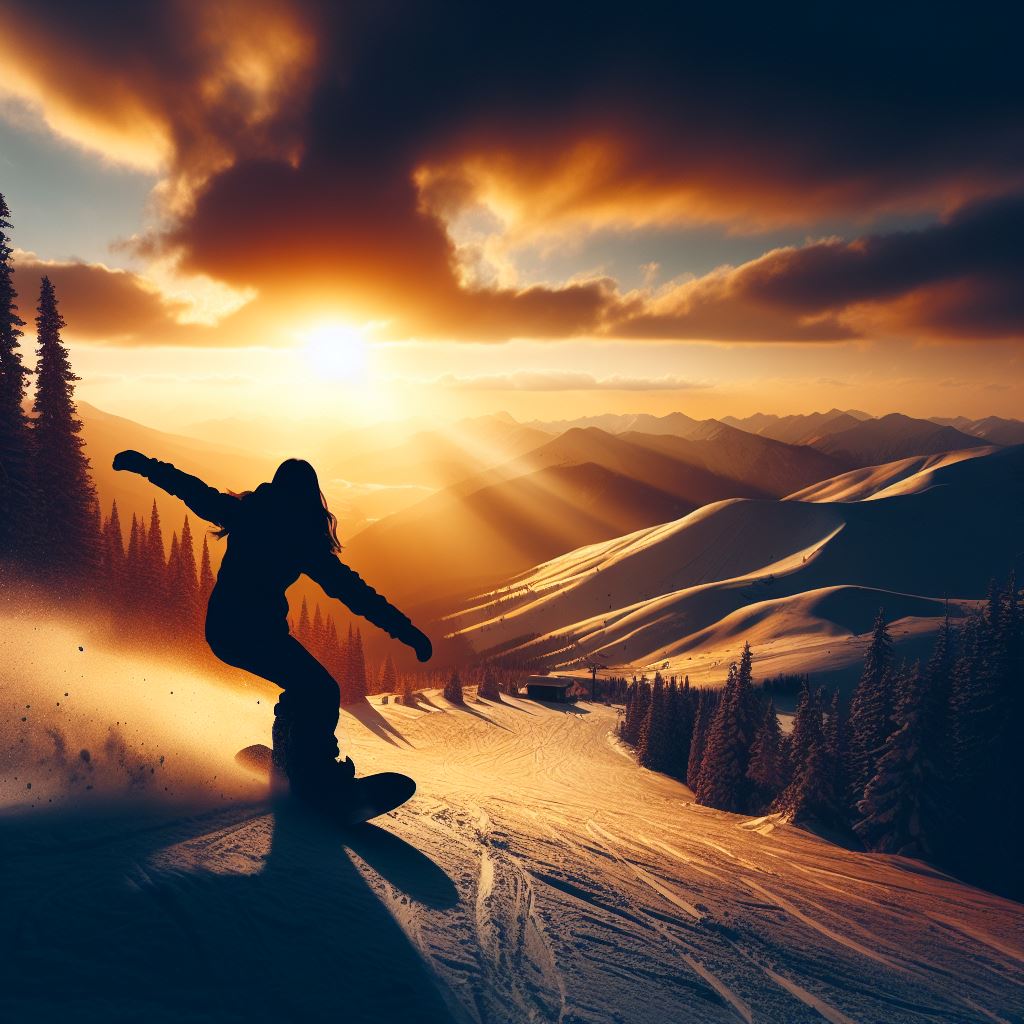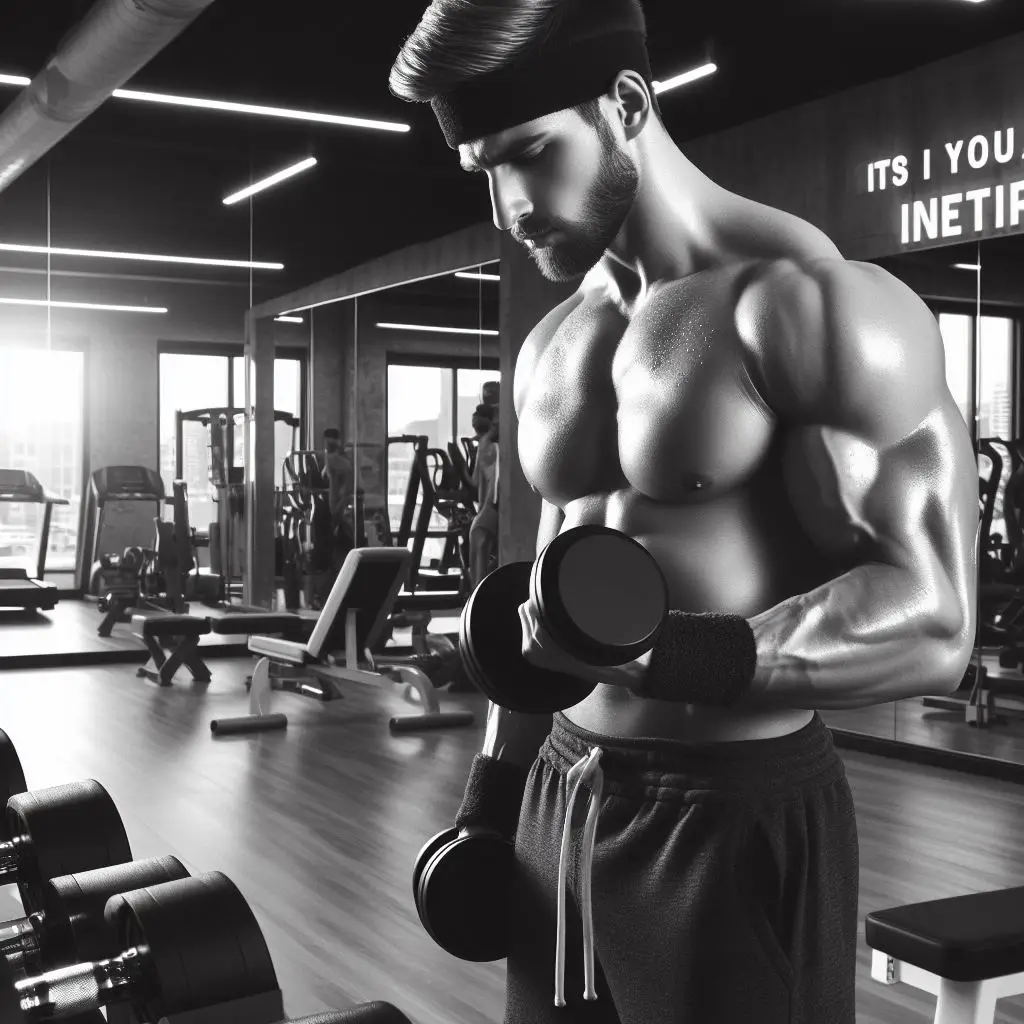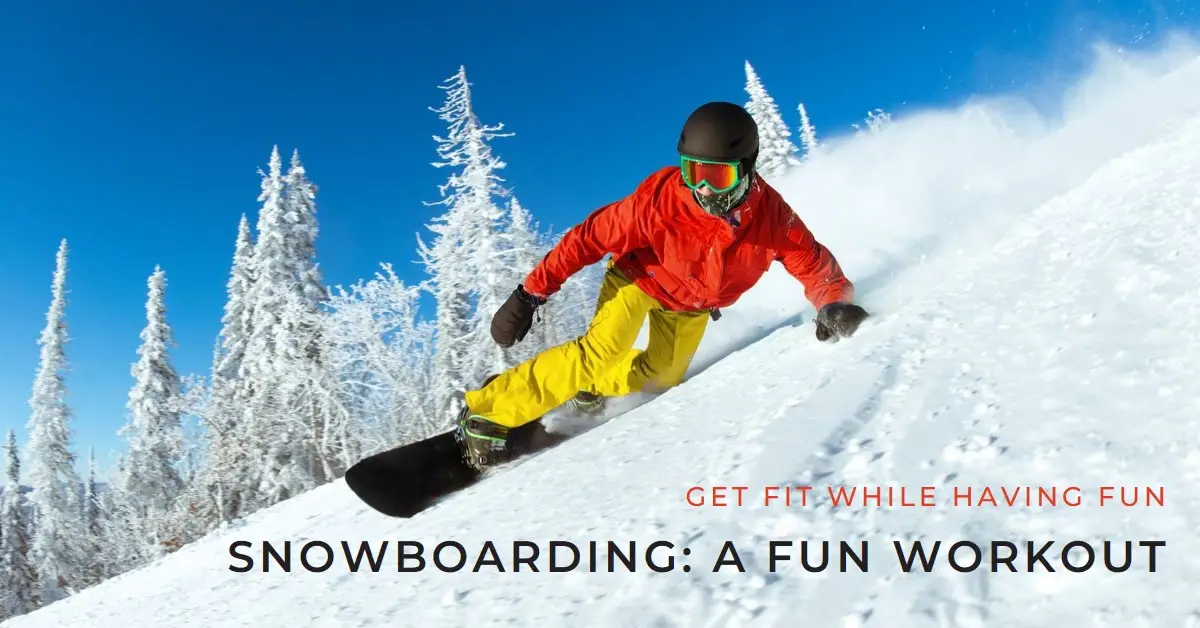Snowboarding may look effortless as riders gracefully carve down the slopes, but experienced snowboarders know that a day hitting the jumps and trails can leave even the fittest athletes sore and exhausted. So is snowboarding a good workout?
In this comprehensive guide, we’ll analyze the physical and mental demands of the sport, compare it to other winter activities, look at the muscle groups engaged, and give tips to maximize snowboarding as an effective fitness activity.
Table of Contents
An Overview of Snowboarding’s Physical Requirements

To understand if snowboarding provides a quality workout, it helps to first look at what physical abilities the sport requires:
Cardiovascular Endurance
- Riding down hills elevates heart rate, especially on fast, aggressive descents. Good cardio health prevents early fatigue.
Muscular Strength
- Legs and core engage constantly to control movements and balance. The upper body aids in steering.
Muscular Endurance
- Muscles tire from repeating motions over hours/days. Endurance prevents declining performance.
Power
- Explosive power needed for ollies jumps, jibs, and maneuvering moguls.
Balance and Coordination
- Shifting weight and coordinating movements challenge balance.
Agility and Reaction Time
- Quick reactions are required to handle varying terrain and avoid collisions.
Mental Focus
- Intense concentration is needed to process terrain and execute techniques.
Snowboarding requires a diverse range of physical abilities. Riders need a solid endurance base, strong and responsive muscles, and quick reflexes. But how does it compare to other sports as a workout?
Snowboarding vs. Skiing: Which is a Better Workout?

Snowboarding and skiing share many similarities, but some key differences impact their effectiveness as exercise:
Calorie Burn
- Skiing burns more calories per hour. Increased use of the upper body and poles leads to higher energy expenditure.
Arm and Upper Body Work
- Skiing engages the arms and upper body significantly more than snowboarding due to pole planting.
Leg and Core Workout
- Snowboarding emphasizes leg and core strength for balance and control. Constant squatting also works the thighs.
Risk of Injury
- Falls and collisions are more frequent in snowboarding, elevating injury risk. Proper conditioning helps prevent this.
Learning Curve
- Mastering skiing techniques often requires better fitness than snowboarding initially.
For a full-body workout, skiing edges out snowboarding slightly by working the arms and upper body more. But snowboarding is no slouch for lower body and core conditioning. And once riders progress to advanced skills and terrain parks, the overall workout level equals out.
Snowboarding vs. Other Winter Sports
Compared to other popular cold weather activities, snowboarding fits squarely in the top tier for physical intensity:
Calorie Burn Per Hour
- Downhill Skiing: 590
- Snowboarding: 475
- Cross-Country Skiing: 420
- Ice Skating: 340
- Sledding: 340
Muscle Groups Worked
- Snowboarding engages the legs, glutes, core, back, and arms to varying degrees
- Balance, coordination, and agility are also challenged
Cardiovascular Demands
- Heart rates elevate quickly, especially on steep terrain. Aerobic endurance is very beneficial.
Intensity Level
- Snowboarding is considered a vigorous-intensity exercise. Other winter sports range from moderate to vigorous.
While not as high-calorie burn as downhill skiing, snowboarding still earns a top ranking for workout quality among winter activities due to its physical diversity and intensity.
Primary Muscle Groups and Areas Worked

Snowboarding engages many major muscle groups in both the upper and lower body:
Lower Body
Quadriceps – Controls flexing and extending legs for turning, absorbing terrain, and balancing.
Hamstrings – Fire eccentrically to help stabilize and control movements. Get worked descending.
Gluteal Muscles – Aid in extending hips and legs during turns. Also, engage isometrically for balance.
Calves – Contract to maintain balance on the board while absorbing terrain.
Core
Abdominals – Activate isometrically to maintain upright posture and balance.
Obliques – Engage to initiate turns and rotation; assist with balance.
Lower back – Provides stability and postural control during riding. Prevents back arching.
Upper Body
Shoulders – Used for steering, shifting weight, and balancing. Stabilize upper body.
Biceps/Triceps – Fire dynamically when maneuvering the board in turns. Hold weight of upper body.
Forearms – Grip and control board to transfer forces and maintain stability.
Hands and fingers – Dig into snow to initiate turns. Grip board for control.
Snowboarding provides an effective head-to-toe workout! Now let’s look at some tips to maximize the fitness benefits of your time on the slopes.
How to Get the Best Workout Snowboarding
Here are some strategies for snowboarders looking to elevate their heart rate and condition their body during a day of riding:
- warm up beforehand – Get the blood pumping before strapping on your board to prevent injury and prime the muscles. Do some light cardio, dynamic stretching, and leg swings.
- Hit steeper terrain – Seek out blacks and double blacks. The increased speed and aggressiveness of carving down steeps spikes heart rate and works the legs.
- Try terrain parks – Features like boxes, rails, and jumps up the workout ante by demanding more power, precision, and explosive energy.
- Carve aggressively – Lean into your edges and carve tightly back and forth across the slope. The forces challenge stability and fire the legs.
- Increase speed – Riding faster requires greater muscle exertion to remain balanced and in control. But stay within ability level.
- Aim for longer descents – Choose slopes with vertical drop of 1,000+ feet to sustain increased heart rate and extend runs.
- Minimize rests – Keep moving lift-to-lift rather than long breaks. This maintains an elevated heart rate and keeps muscles warm.
- Stay properly fueled – Drink water and have quick energy snacks to sustain energy levels for peak performance all day.
Pushing yourself intelligently can transform an easygoing snowboarding outing into a legitimate fitness session. But you still need recovery days too to adapt and build strength.
Snowboarding Workout Plans for Off-Season Training
To really get fit for snowboarding, you need to train year-round. Here are two sample weekly workout schedules to follow in the gym during the off-season:
Beginner Workout Plan
| Day 1 | Day 2 | Day 3 | Day 4 | Day 5 | Day 6 | Day 7 |
|---|---|---|---|---|---|---|
| Cardio: 30 min moderate intensity (bike, elliptical) | Lower body: Squats, lunges, calf raises | Cardio: 30 min moderate intensity | Core: Planks, crunches, back extensions | Cardio: 30 min moderate intensity | Rest/Light Activity | Rest/Light Activity |
Intermediate/Advanced Workout Plan
| Day 1 | Day 2 | Day 3 | Day 4 | Day 5 | Day 6 | Day 7 |
|---|---|---|---|---|---|---|
| HIIT Cardio: Intervals of high/low intensity | Legs: Squats, deadlifts, lunges | Upper body: Chest, back, shoulders | Cardio: 45 min moderate intensity | Core: Planks, leg raises, Russian twists | Cardio or light full body workout | Rest/Light activity |
These sample programs provide a balance of cardio, strength training, and recovery to help snowboarders build endurance and power for the upcoming winter season. Workouts should be tailored to individual ability levels and goals.
Top Exercises to Train For Snowboarding

Beyond the sample programs above, here are some of the best strength and conditioning exercises to incorporate into snowboarding-specific training:
Lower Body
- Squats
- Lunges
- Deadlifts
- Calf raises
- Leg presses
- Wall sits
Core
- Planks
- Crunches
- Russian twists
- Back extensions
- Side planks
Upper Body
- Pushups
- Pullups/lat pulldowns
- Shoulder presses
- Bent-over rows
- Bicep curls
Cardio
- Running
- Cycling
- Rowing
- Jumping rope
- Stair climbing
Aim to work the whole body, with extra emphasis on leg and core strength for snowboarders. Mix up cardio modes to build overall endurance.
Diet and Nutrition Tips for Snowboarding Performance
Fueling properly provides energy for muscles during riding and aids recovery afterwards. Here are some nutrition tips:
- Hydrate well – Drink plenty of water day before/day of. Dehydration saps energy and mental focus.
- Eat carbs – Choose healthy complex carbs to supply sustained energy. Examples: whole grains, vegetables, fruits.
- Consume protein – Aids muscle repair and reduces soreness. Essential for building strength and mass.
- Healthy fats – Helps regulate hormones and reduces inflammation. Found in olive oil, nuts, avocado.
- Limit processed food – Pack nutrient-dense foods for pre/post-snowboarding meals and snacks.
- Time meals – Eat 2-4 hours pre-snowboarding to allow for digestion. Have a carb/protein snack during long days.
Proper hydration and nutrient-rich foods enhance snowboarding performance while also facilitating faster recovery.
Snowboarding Equipment and Clothing to Enhance Workouts
Having the right snowboarding gear can help maximize your fitness potential on the slopes:
- Correctly fitted board – Ensures proper control, stability, and responsiveness for aggressive riding.
- High quality boots – Provides power transfer to board and reduces injury risk. Allows flexing.
- Lightweight clothing – Prevents overheating and sweat-drenching to stay energized. Allows full mobility.
- Helmet – Provides protection when riding hard. Models with ventilation help regulate temperature.
- Impact shorts – Padding protects hips and tailbone from hard falls, reducing pain and injury.
- Goggles – Features like polarized and anti-fog lenses enhance vision so you can ride with confidence in all conditions.
- Gloves – Proper hand protection allows gripping board aggressively all day without tearing up skin.
With dialed-in equipment and apparel, riders can push their limits without pain or fear of injury, allowing for more intense workouts and skill progression.
Tracking Progress and Intensity
How can snowboarders quantify their workout intensity and progress over time? Some options include:
- Smartwatches – Models with built-in GPS can track speed, distance traveled, heart rate trends, and calories burned.
- Phone apps – Apps like Slopes and Trace log vital snowboarding stats during each session. Review for progression.
- Record lap times – Time yourself regularly on certain runs to benchmark speed and endurance gains.
- Measure heart rate – Use a heart rate monitor to quantify intensity level and calorie burn during sessions.
- Note muscle soreness – Take stock of how sore muscle groups feel after riding to gauge athletic improvements.
- Monitor technique execution – As fitness increases, skills and technique should improve and become more consistent.
By tracking key performance metrics over time, snowboarders can clearly see their elevated fitness levels translate to enhanced on-slope abilities.
Advanced Workout Tips for Experienced Riders
For advanced snowboarders looking to push their workouts to the next level, here are some challenging exercises to add:
- Plyometrics – Explosive jumps and box drills build power for big air and high speed carving.
- Resistance training – Weighted squats, lunges, and deadlifts build lower body strength and stability.
- Unstable surface training – Balance boards and bosu balls sharpen coordination and proprioception for better riding.
- Interval training – Alternating high and low intensity riding or cardio mimics on-mountain experience.
- Yoga and stretching – Improves mobility, flexibility, balance, body control, and recovery.
- Cross-training – Alternate activities like swimming, rock climbing, hiking avoid overuse and build full-body fitness.
Taking workouts to the next level requires focus, progressive overload, and allowing proper rest and recovery between intense sessions. But the payoff of elevated riding abilities is immense.
Maintaining Proper Form and Safety
To avoid injury and maximize results:
- Maintain proper form on strength exercises, with no compromising joints.
- Build load and intensity gradually over time.
- Ensure adequate rest between tough workout days.
- Eat quality nutrition and stay hydrated.
- Listen to your body and reduce activity if overly fatigued or sore.
- Wear protective gear when doing high-intensity snowboarding.
Training hard is proven to amplify snowboarding skills and enjoyment. But hone your fitness purposefully and patiently using smart progressions and safety measures.
Conclusion: Snowboarding Provides an Effective Full-Body Workout
While appearing graceful and effortless from afar, experienced snowboarders know the immense physical exertion required to charge down the slopes at speed while maintaining precision and control. The athletic demands of snowboarding provide an effective cardiovascular, strength, power, and coordination training stimulus.
With this comprehensive guide, riders can train year-round, tracking their progress in key metrics like strength, speed, and skill competency. Smart periodization, safe technique, quality nutrition, and properly fitted gear allow snowboarding workouts to be maximized.
So next time you strap on your board and feel that satisfying full body burn after an aggressive day hitting the slopes, know that snowboarding is earning its reputation as one of the most effective winter workouts around. Just be sure to listen to your body, progress gradually, and have fun working hard on the mountain!
